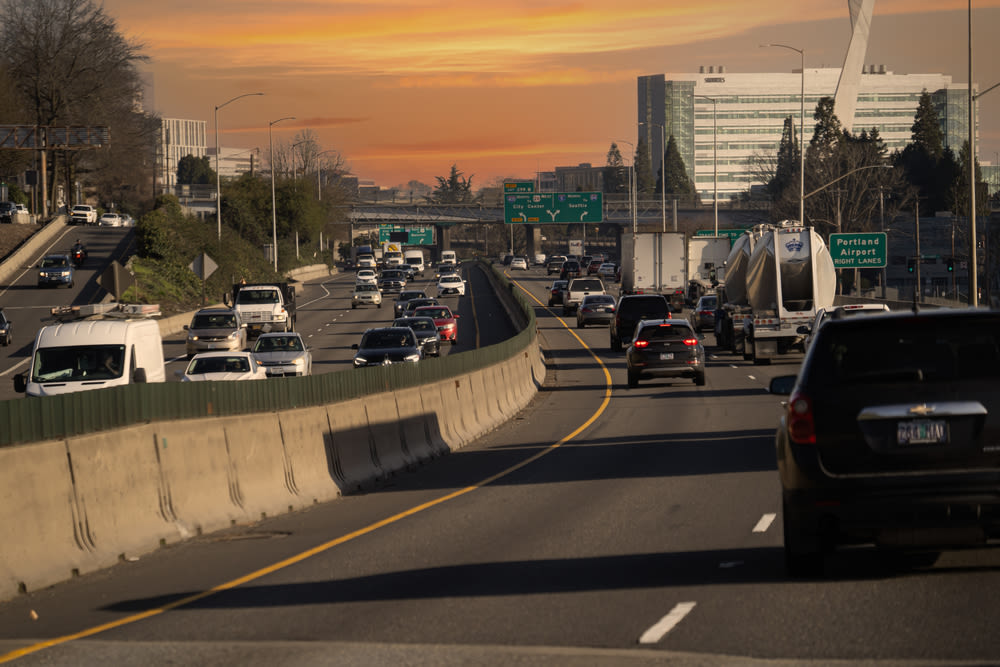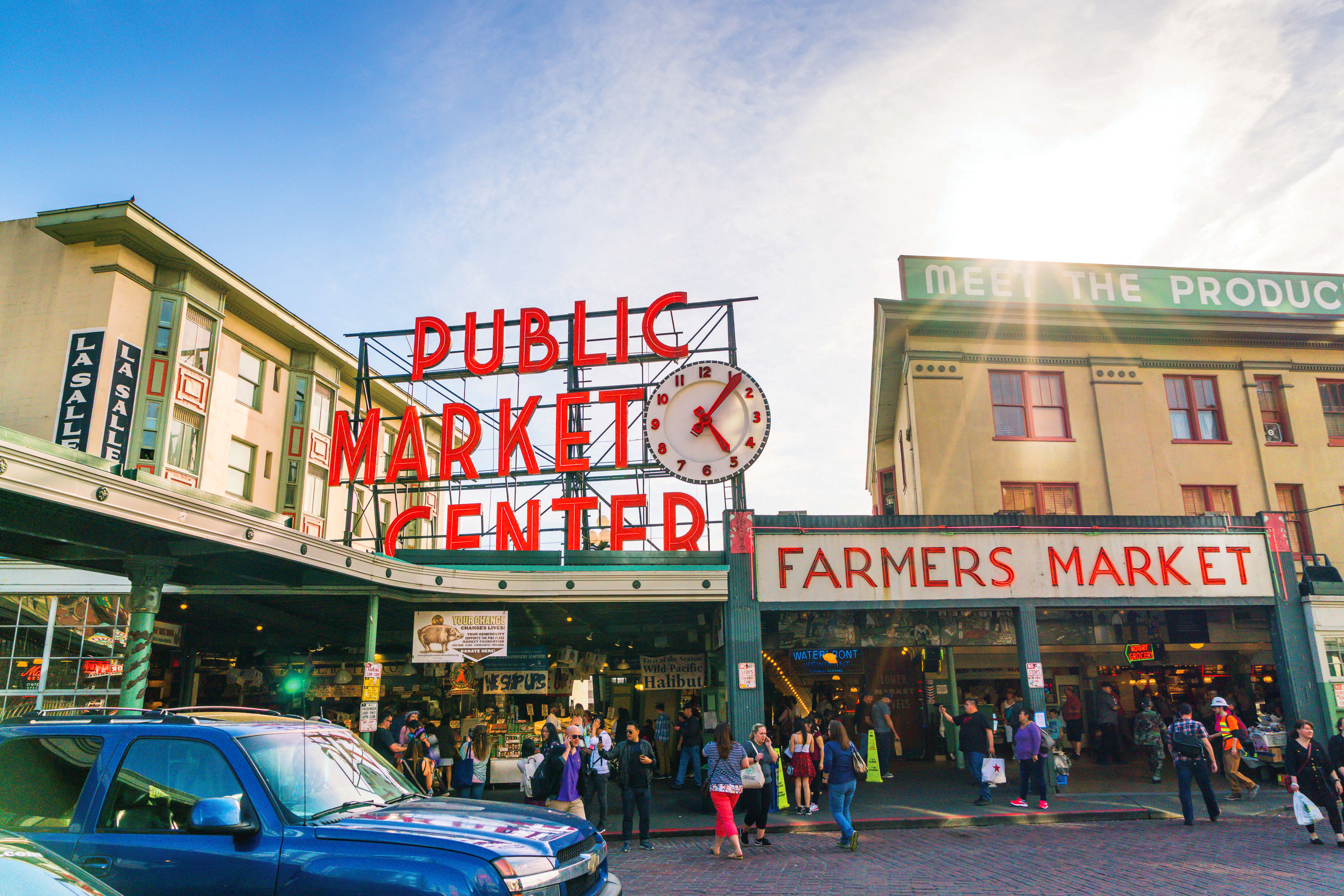The Traffic’s Back, and, Yes, It's Getting Worse than Before

As the pandemic recedes, cars rush in.
Image: Bob Pool/Shutterstock
If you hit the road for Memorial Day weekend in Oregon, you were in good company.
New figures from the Oregon Department of Transportation suggest that our collective pandemic-induced traffic lull is coming to an end. Statewide, Memorial Day weekend traffic volumes were 4 percent higher than they were in 2019—as in, the Before Times.
That bears out anecdotally as reports from popular destinations—Central Oregon, the Oregon Coast, the Columbia Gorge—were that traffic slowed to a crawl on Monday afternoon, when everyone headed home.
Given the incessant stream of cars between Mill City and Sisters I’m guessing leisure and hospitality in Bend had a banner weekend. Wow.
— Josh Lehner (@lehnerjw) June 1, 2021
That stir-crazy, get-me-out-of-here impetus got a further boost on June 4, when Oregon Gov. Kate Brown announced that once just 127,000 more of our fellow Oregonians get their vaccine, she’ll lift all remaining rules on masking, distancing, and capacity limits for most public settings statewide.
In some areas of the state, people aren’t waiting around. According to ODOT, US 101 and OR-18 weekend traffic volumes have been equal to or above 2019 levels since spring break or so. Weekday and weekend traffic’s also at or beyond prepandemic levels on 1-5 south of the Portland metro area, on I-84 outside of Portland, and on US-97 outside of Bend. (Wild speculation: is this a sign of the Zoom Town effect?).
Weekday traffic around the metro area is still between 1 and 6 percent below prepandemic levels, and a whopping 6 to 14 percent below weekend levels in 2019 (though as one might expect, we’re way above 2020 levels, when lockdown and quarantine were in effect).
Even the metro area could change rapidly in the coming months: the Oregonian reports this morning that major tentpole businesses are planning to call employees back to the office by September at the latest, though it could take more time to understand how work schedules, and traffic patterns, will shift due to more flexible, work-from-home arrangements.




